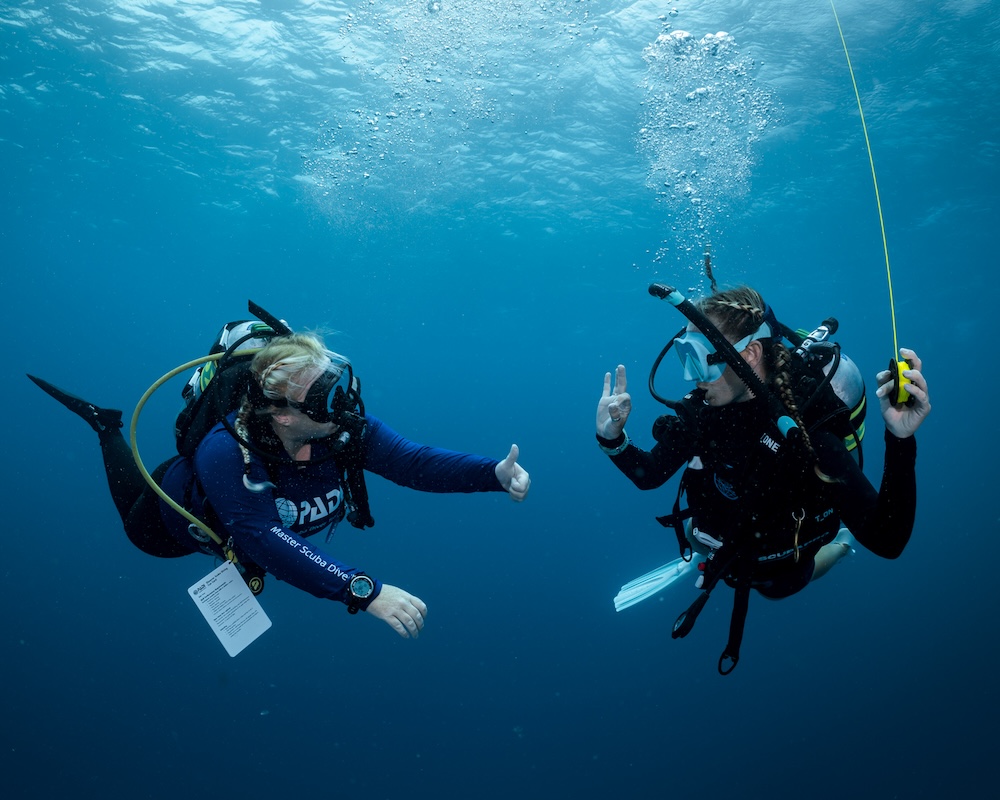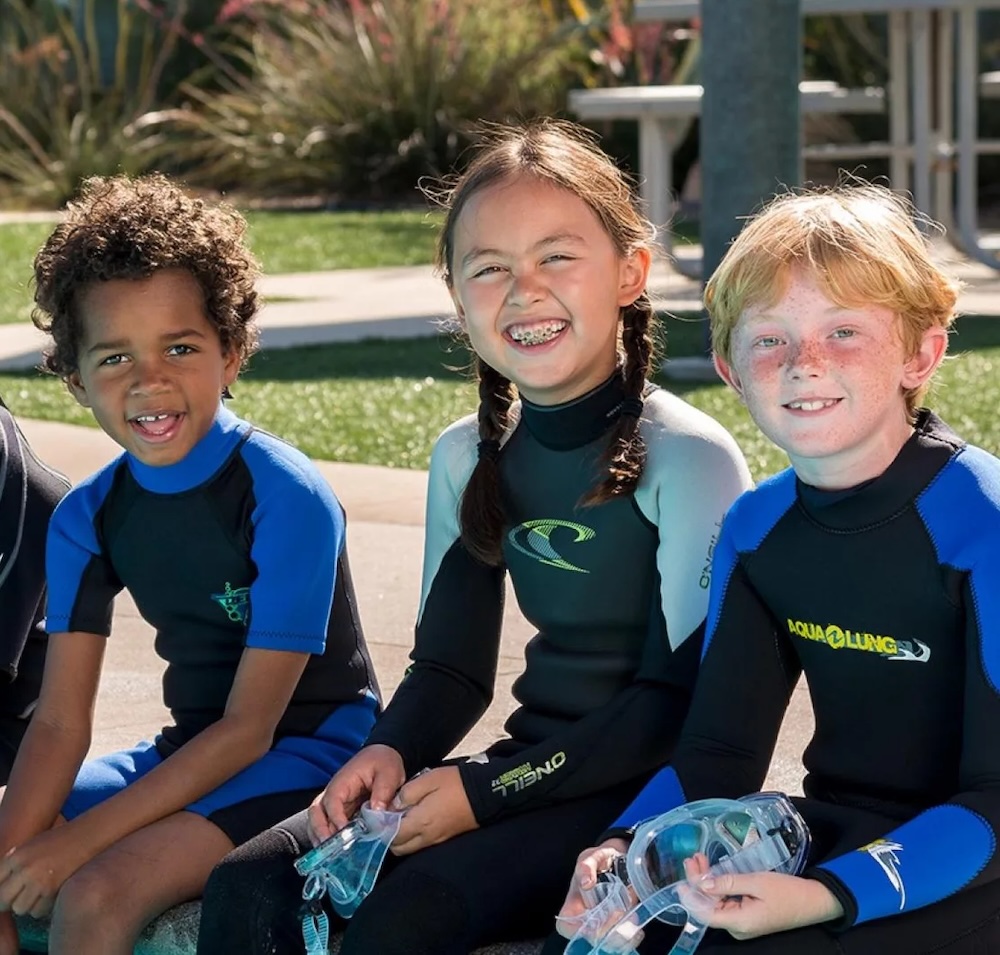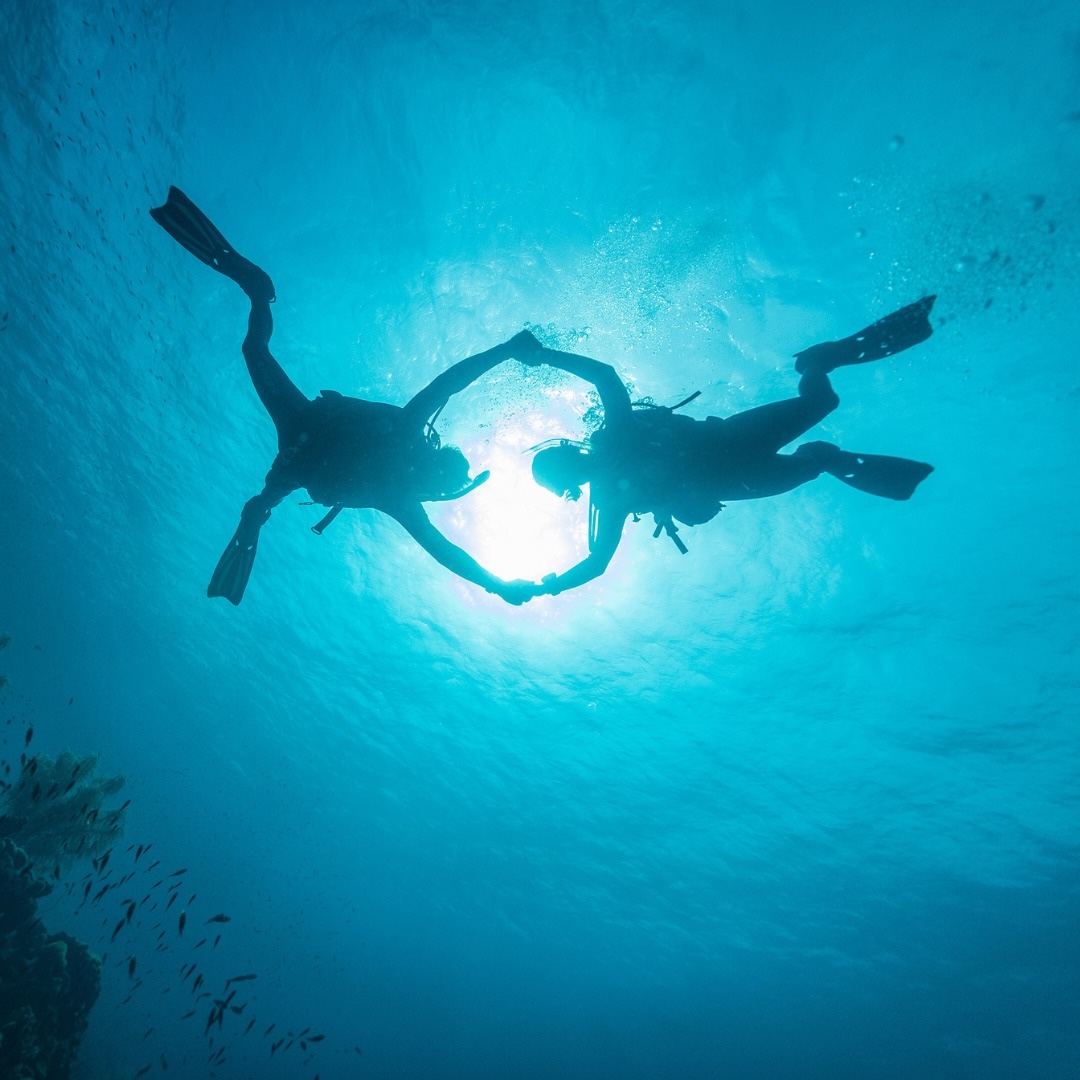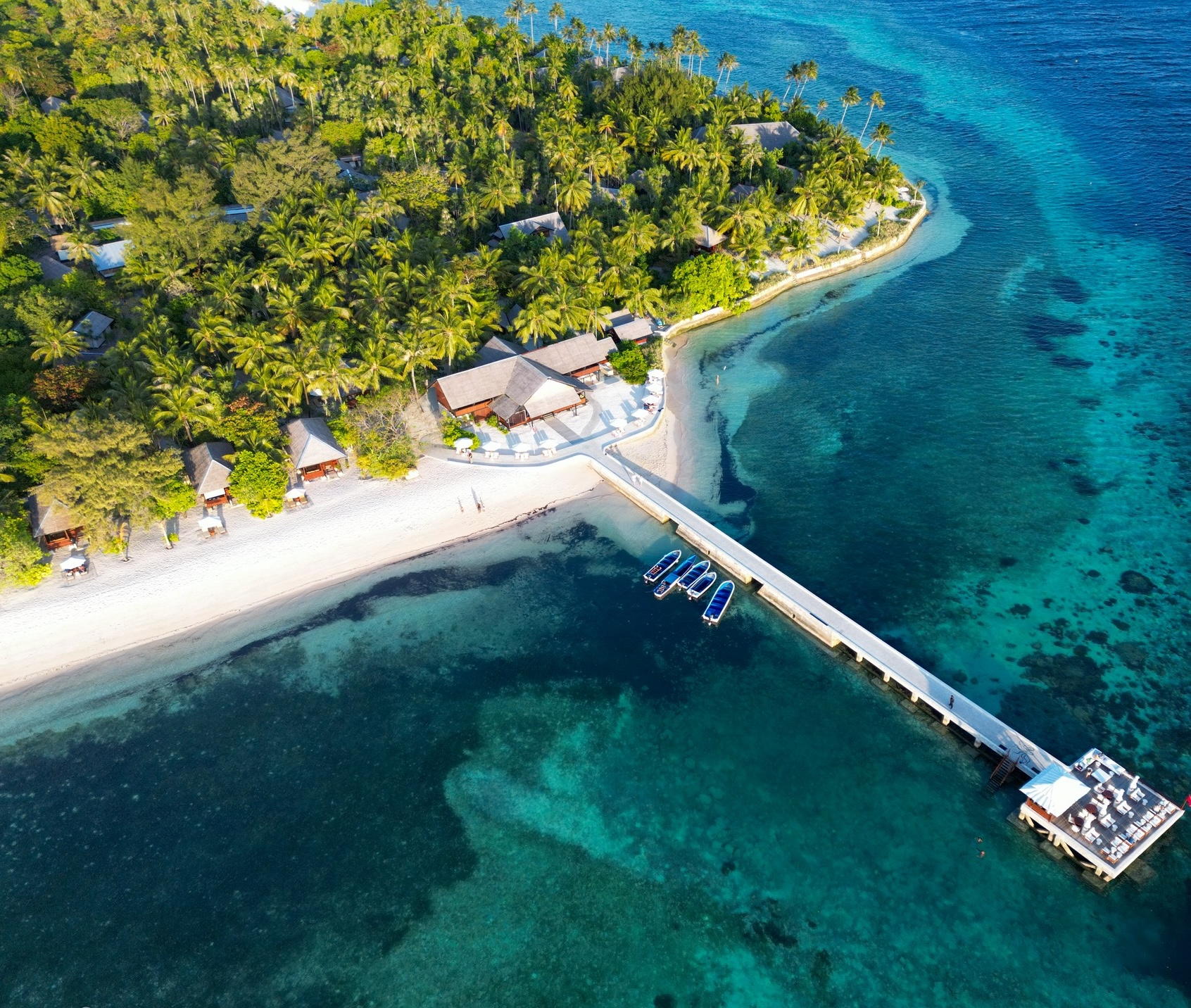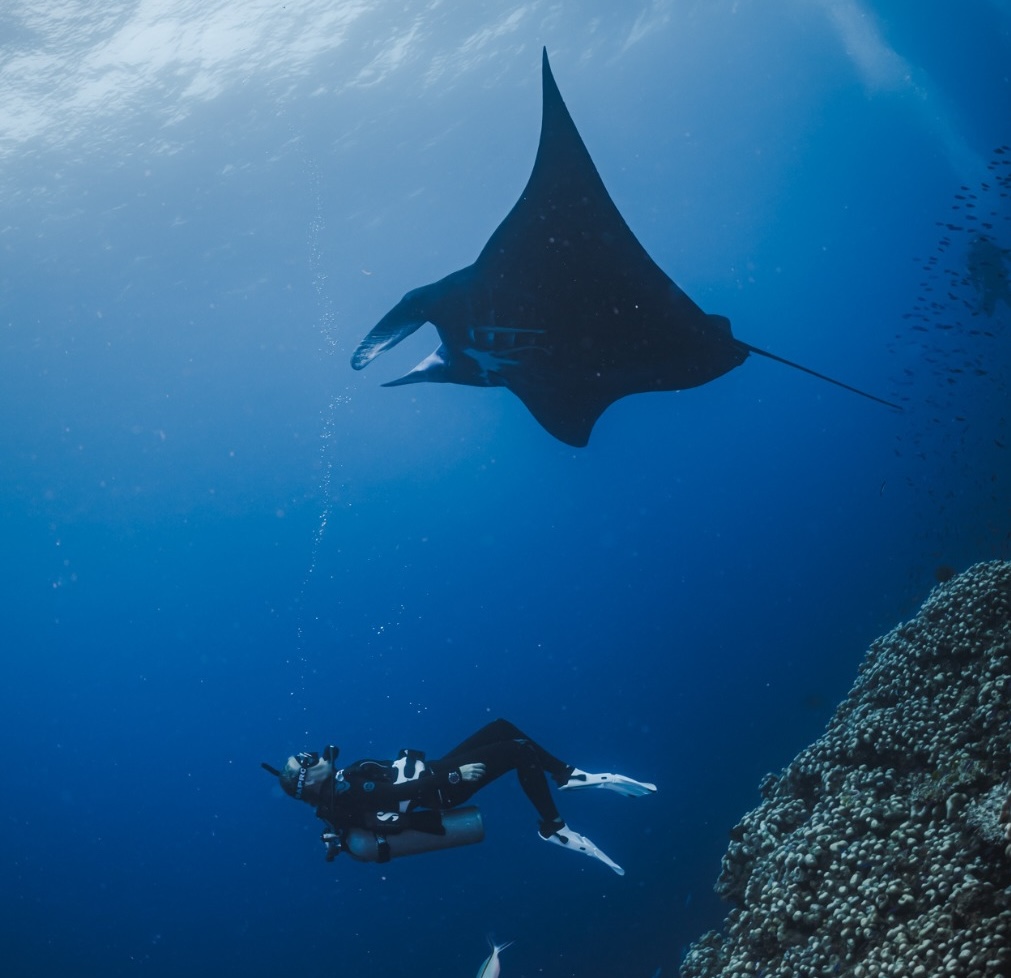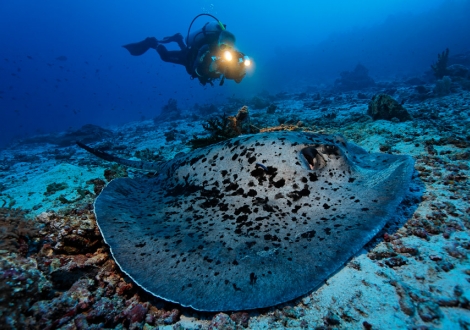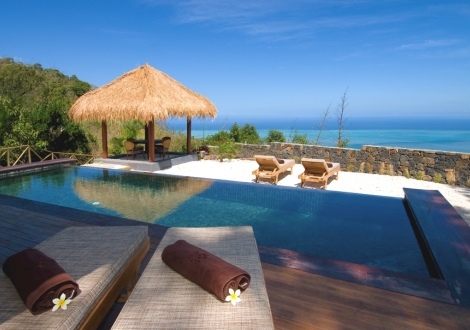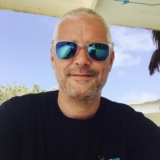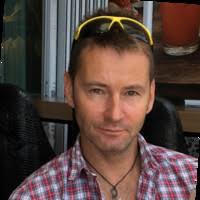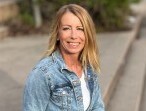Please wait
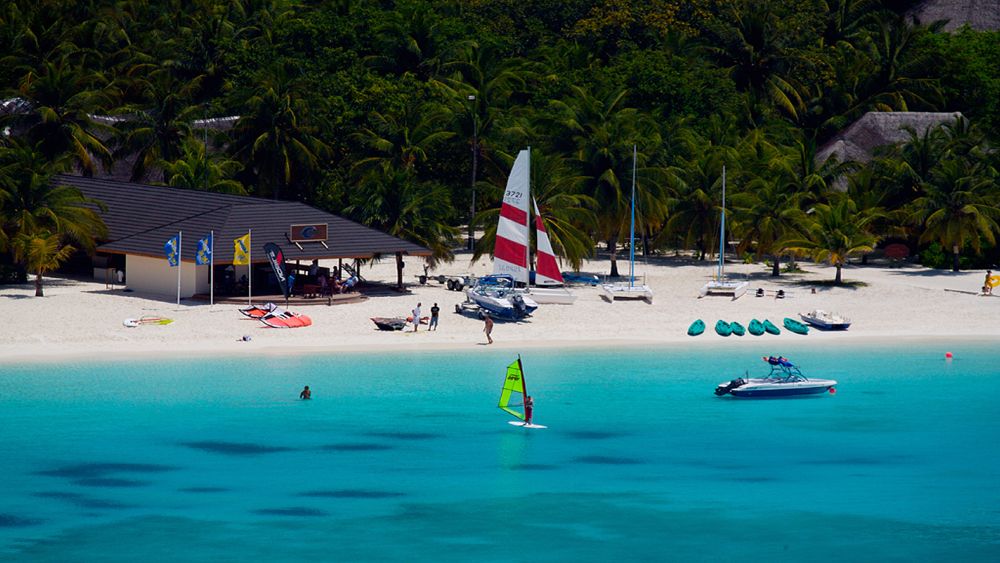
With only a handful of resorts in the Lhaviyani Atoll, Kuredu Resort & Spa enjoys a prime location in one of the Maldives’ most abundant atolls. The dive centre is one of the largest and longest running diving and snorkelling operations in the Maldives. They offer a full range of daily excursions and courses catering for beginners and experienced divers and snorkellers alike.
With the famous 'Kuredu Express' and ‘Kuredu Caves' dive sites right on its door step, Kuredu offers spectacular diving opportunities on some of the most varied reefs in the Maldives. From outer reef drop offs to underwater islands, from beautiful protected reefs full of life and colour to current exposed channel edges where bigger fish patrol.
The Marine Center at Kuredu is a must-visit place for guests who are inquisitive about life in the ocean! The resident Marine Biologist, Emily, is ready to share her knowledge so come along and find out more! As a child, Emily was fascinated with the ocean and spent several years travelling through South East Asia volunteering with coral reef restoration projects and worked as a Dive Instructor. The Marine Center and the work undertaken there is a great asset to Kuredu and to life on the reefs of the Lhaviyani Atoll.
In the Lhaviyani Atoll we have already identified over 400 sea turtles. The majority of these turtles, however, can be found at THE turtle hotspot in the Maldives – Kuredu, where you can meet one of 219 sea turtles, many of which are residents to the island. The Olive Ridley Project collects data on the local turtles to learn more about the population here in the Maldives. Our very own ORP marine biologist, based at Kuredu, is doing that by using photo identification method. This is a non-invasive method where turtles can be identified by pictures of their right and left cheek. The pattern of scales acts as a fingerprint!
Through identification of the sea turtles, Emily can monitor their population in the Lhaviyani Atoll and she manages the atoll database for gathering the information. The data collected is then fed into a National Database of the Maldives where several Marine Biologists use the information to help build a picture about the Maldives Sea Turtle population as a whole.
Emily uses photos of the right and left sides of the sea turtles’ face to identify them – the number and shape of the scale arrangement in this area is unique – it’s painstaking work but it allows her to see if this is a previously sighted turtle or one that is new to the area.
Guests can get actively involved in the Marine Center’s work by sending good photos with clear side views of the sea turtle’s face to Emily using the button below. Emily will let guests know if the turtle is already known to the database, or if it is new to science! If it is new, the guest has the opportunity to adopt and name the turtle.



 Nassau
Nassau
